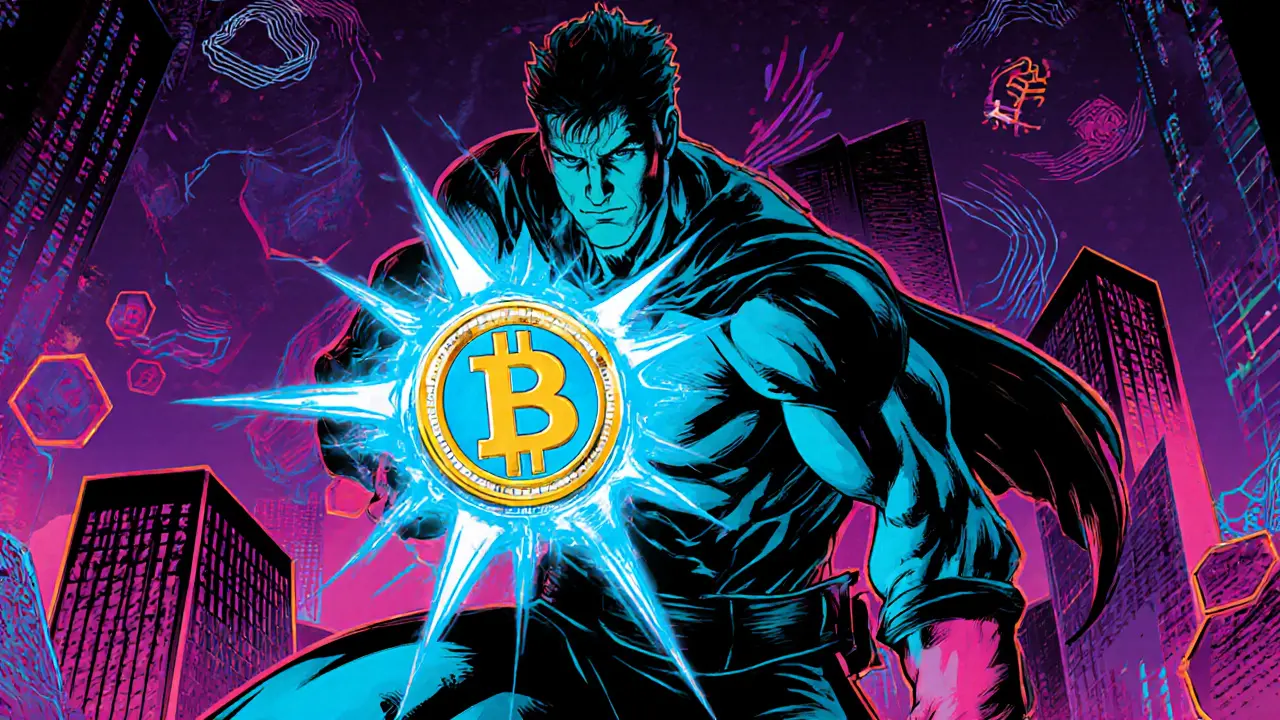MAGIC token: Everything You Need to Know
When you hear MAGIC token, a utility crypto asset built on the Ethereum blockchain that aims to reward community participation and power decentralized applications. Also known as MAGIC, it blends staking incentives with governance rights, making it a versatile piece in the DeFi puzzle.
Tokenomics, the economic model that controls supply, distribution and utility of a crypto asset. For the MAGIC token, total supply caps at 1 billion, with 40% allocated to airdrops, 30% locked for staking rewards, 20% reserved for development, and 10% for partnerships. This structure aims to balance scarcity with active circulation, encouraging holders to stake while keeping enough liquidity for traders.
Airdrop, a distribution method where free tokens are sent to eligible wallets. The MAGIC token launched its first airdrop in Q1 2024, targeting users who completed a simple KYC and held at least 0.1 ETH. Participants received between 50 and 500 MAGIC tokens, instantly boosting community size and liquidity on secondary markets. Ongoing “snapshot” airdrops reward active stakers, linking participation directly to token growth.
Decentralized Exchange, a peer‑to‑peer platform that allows crypto trading without a central authority. MAGIC token is listed on Uniswap, SushiSwap and the newer OpenSwap on Optimism, giving traders zero‑fee swaps and fast finality. Because DEXs operate on smart contracts, they inherit the security model of the underlying blockchain, letting users retain full custody of their MAGIC holdings.
Why the MAGIC token matters in DeFi
Beyond trading, the MAGIC token powers a governance layer where holders vote on protocol upgrades, fee structures and new partnership proposals. Staking contracts lock tokens for set periods, rewarding participants with additional MAGIC while reducing circulating supply. This dual role of utility and governance creates a feedback loop: active voters earn more tokens, which in turn gives them a bigger say in the future of the ecosystem.
Price action for the MAGIC token reflects both market sentiment and the underlying tokenomics. When a new airdrop is announced, demand spikes as users scramble to qualify, pushing the price up temporarily. Conversely, large token unlocks from the development reserve can create short‑term sell pressure. Monitoring on‑chain metrics like active stakers and token velocity helps traders anticipate these moves.
Security is a non‑negotiable piece of the puzzle. The MAGIC token’s smart contracts underwent multiple audits by reputable firms before launch, and a bug‑bounty program remains active. Users are encouraged to interact only through verified contract addresses and to keep private keys offline. These safeguards mitigate risks such as reentrancy attacks that have plagued other DeFi projects.
Community engagement fuels long‑term growth. Telegram, Discord and Reddit channels host AMA sessions, feature developer roadmaps, and celebrate milestone achievements. Real‑world use cases, like paying for NFT minting or accessing premium DeFi services, are gradually rolling out, giving the token practical utility beyond speculative trading.
Below you’ll find a curated collection of articles that dive deeper into each of these areas—tokenomics breakdowns, airdrop guides, exchange reviews, security analyses and more. Explore the resources to sharpen your understanding and make informed decisions about the MAGIC token.

